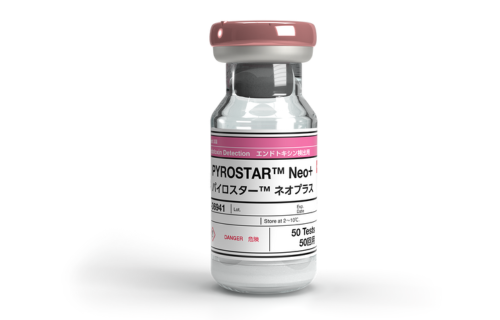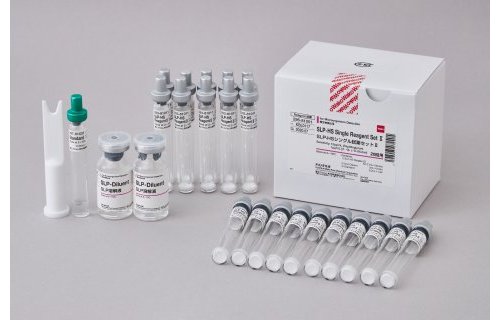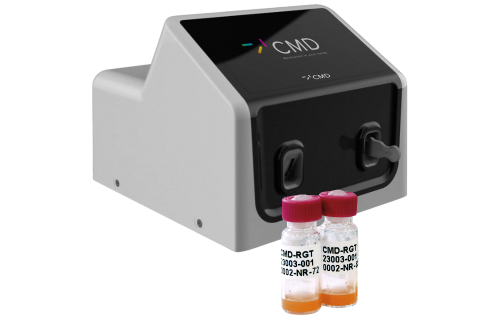Considerations to be had when determining endotoxin limits for injectable drugs used in pediatric medicine
Endotoxins as powerful pyrogens
Endotoxins are present in the outer membrane of gram-negative bacteria and are shed by them, especially during cell death. As a result, endotoxins are widely spread in the environment. However, endotoxins are also powerful pyrogens. Thus, if they gain parenteral access to the body, pyrogens can induce fever and severe inflammation, which can lead to septic shock and death.1
The need for endotoxin testing of parenterally administered pharmaceutical products
Injectable pharmaceuticals and medical devices, as well as their raw materials, are subjected to strictly regulated endotoxin testing, because their endotoxin contamination can lead to devastating consequences. Subsequently, the determined endotoxin concentration is compared to predefined endotoxin limits for each specific product.
Requirements for endotoxin testing methods
Tests for endotoxin detection and determination should be sensitive, specific, and reliable. Several endotoxin testing methods have been developed; however, due to its sensitivity and specificity, the Limulus amebocyte lysate (LAL) assay has been established as the gold standard for endotoxin testing.2 In the LAL assay, the LAL reagent, which is isolated from amebocytes of the Atlantic horseshoe crab (Limulus polyphemus), is incubated with the evaluated sample. If endotoxin is present in the sample, the coagulation cascade is activated, and a clot is formed. The LAL assay can be conducted as a qualitative gel-clot test or as a quantitative chromogenic or turbidimetric test.
Setting product-specific endotoxin limits
For each newly developed injectable drug product, endotoxin limits are calculated, taking into consideration its dose, route and time of administration, and disease indications.
Generally, the formula K/M is used to determine the endotoxin limits of parenteral drugs, where K indicates the threshold pyrogenic dose and M the maximum drug dose in units/kg/h.3,4 The threshold pyrogenic dose K is a predefined constant, and for non-intrathecally injected drug products it has been set at 5 endotoxin units (EU)/kg. For adults, their assumed average weight is used in the formula to calculate the endotoxin limit. However, the average adult weight may vary among different countries, as in the United States it is assumed to be 70 kg, whereas in Japan it is assumed to be 60 kg.
Setting endotoxin limits for injectable drugs used in pediatric patients
Generally, the weight-adjusted dose administered to the smallest patient may be the highest.3 Accordingly, pediatric doses are important in establishing endotoxin limits for injectable drug products used in children. To determine the average weight of children of different ages, growth charts can be used.
Endotoxin limits should be set for injectable drug products to help ensure their safety. For injectable drug products employed in pediatric patients, pediatric doses are important for establishing the endotoxin limits.
Literature sources
- Farhana A, Khan YS. Biochemistry, Lipopolysaccharide. [Updated 2023 Apr 17]. In: StatPearls [Internet]. Treasure Island (FL): StatPearls Publishing; 2023 Jan-. Available from: https://www.ncbi.nlm.nih.gov/books/NBK554414/.
- Suvarna, K. Endotoxin detection methods – Where are we now? American Pharmaceutical Review. 2015, August 25.
- McCullough KZ. Calculating endotoxin limits for drug products. American Pharmaceutical Reviews. Published on September 26, 2018.
- Robinson SA, Carter AR, Brindley DA. Bacterial endotoxin testing of drugs and biologics in the US: Ensuring patient safety. Published August 18, 2023.






